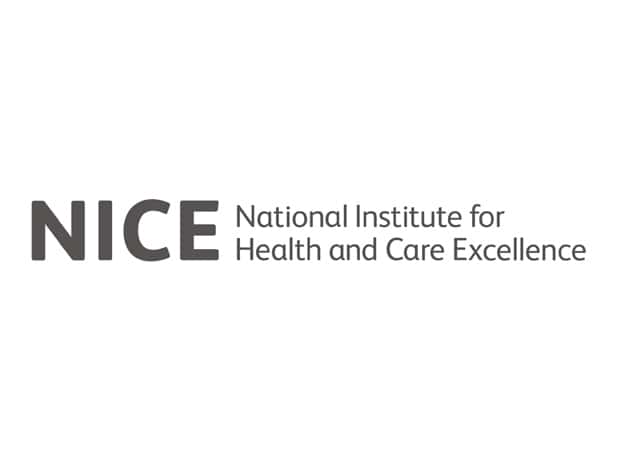Cost regulators for therapies funded by the NHS in England and Wales have added MSD’s Simponi (golimumab) to the list of treatments recommended for severe non-radiographic axial spondyloarthritis.
The guidelines endorse the drug’s use in adults whose disease has responded inadequately to, or who cannot tolerate, nonsteroidal anti-inflammatory drugs (NSAIDs).
The National Institute for Health and Care Excellence already backs use of Humira (adalimumab), etanercept and certolizumab pegol for treating the condition.
An indirect comparison shows that Simponi provides similar overall health benefits to these drugs, while the acquisition costs are similar enough to warrant its use by the NHS.
The guidance stipulates that Simponi should be considered one of a range of suitable treatments, including adalimumab, etanercept and certolizumab pegol, and that the least expensive (taking into account administration costs and patient access schemes) should be chosen.
MSD has agreed a patient access scheme with the Department of Health, under which the 100‑mg dose of Simponi will available to the NHS at the same cost as the 50‑mg dose. This means that the annual cost of treatment with the drug should be around £9,156, regardless of patient weight or response to the lower dose.
Non-radiographic axial spondyloarthritis (where signs of disease are not visible on x-ray) and ankylosing spondylitis come under the umbrella term axial spondyloarthritis, a painful and potentially progressive condition that mainly affects the spine and pelvic joints, commonly characterised by chronic lower back pain and stiffness.
NICE issued guidelines backing Simponi, along with the raft of other TNF-alpha inhibitors, as an option for ankylosing spondylitis in 2016.










